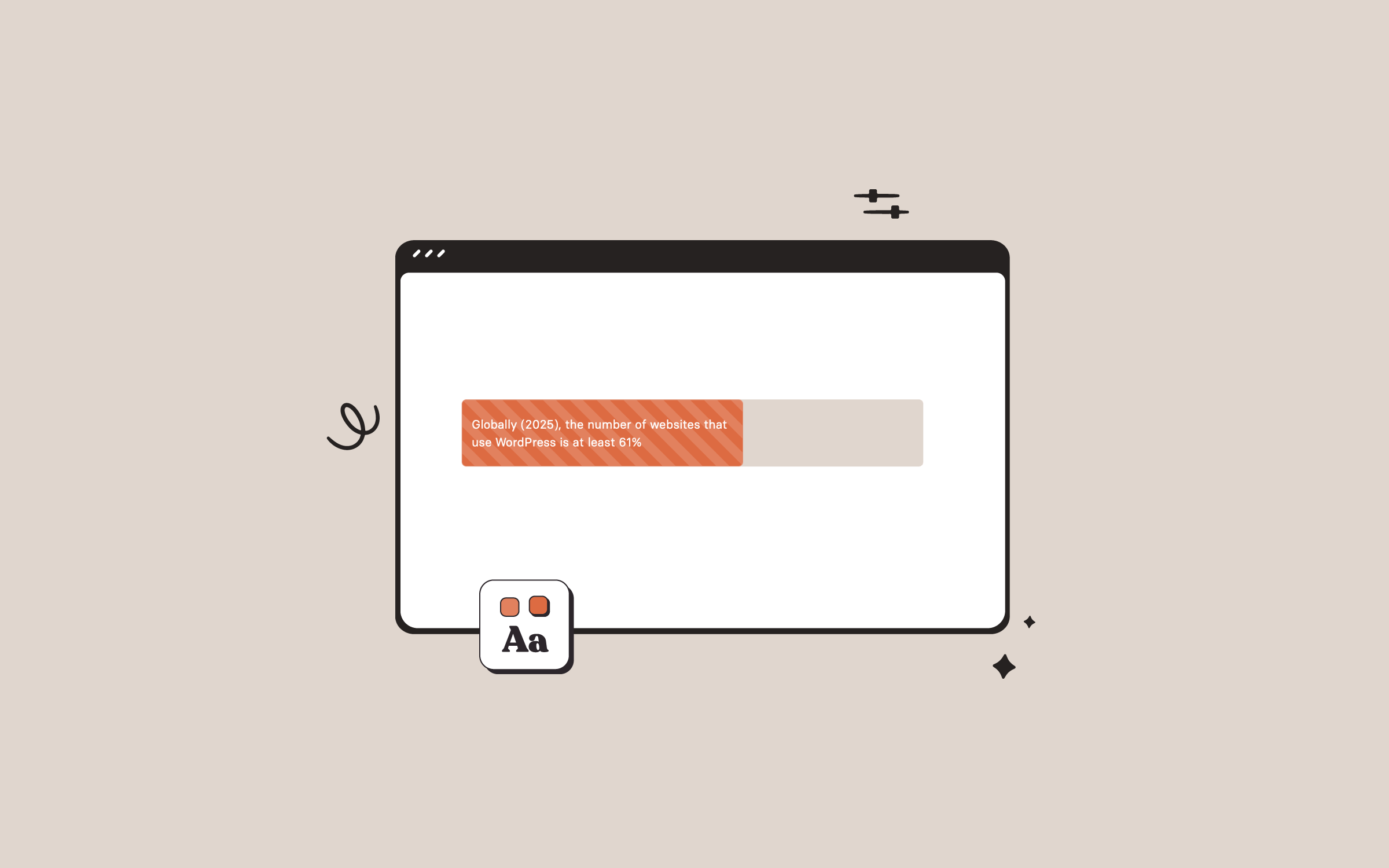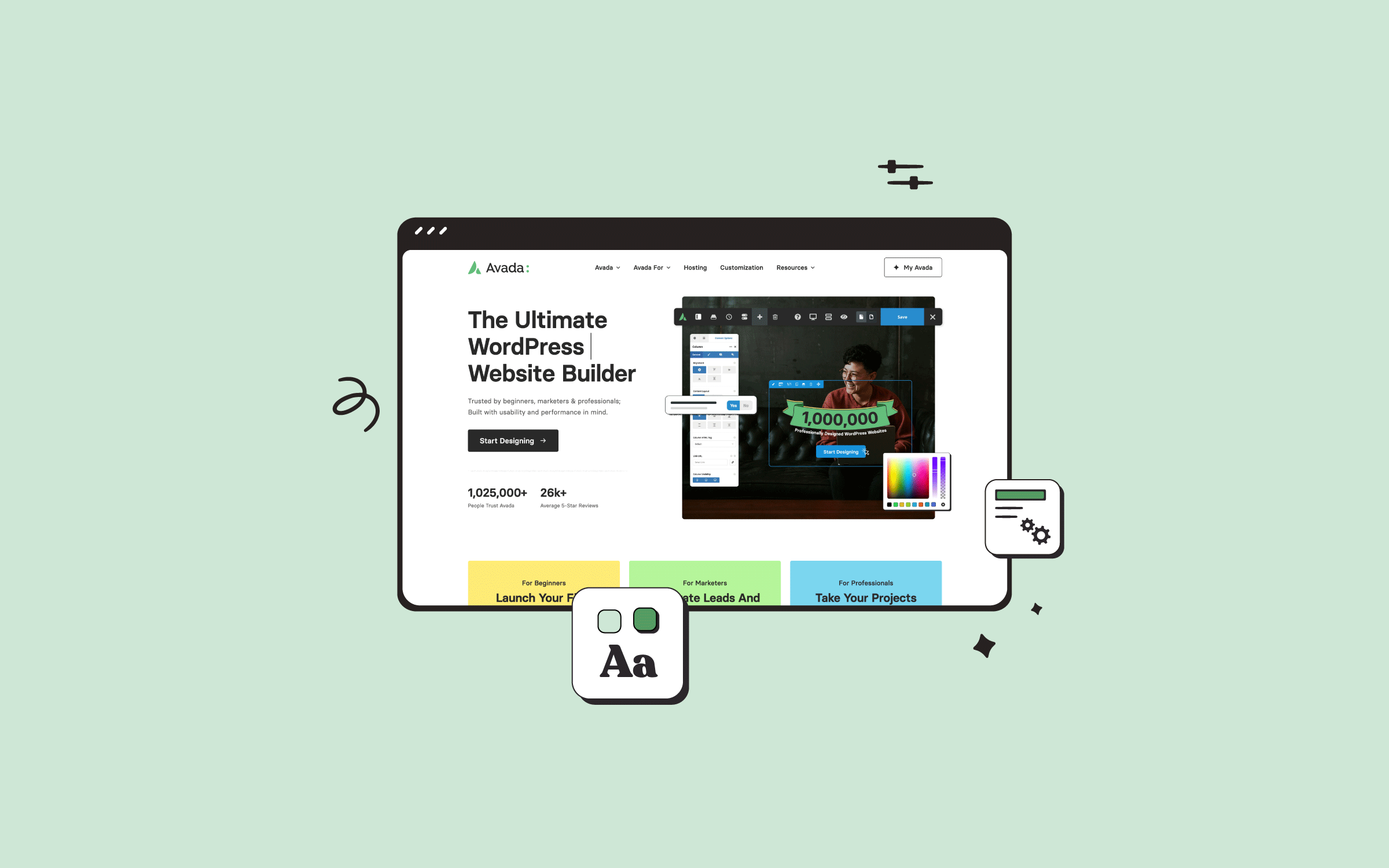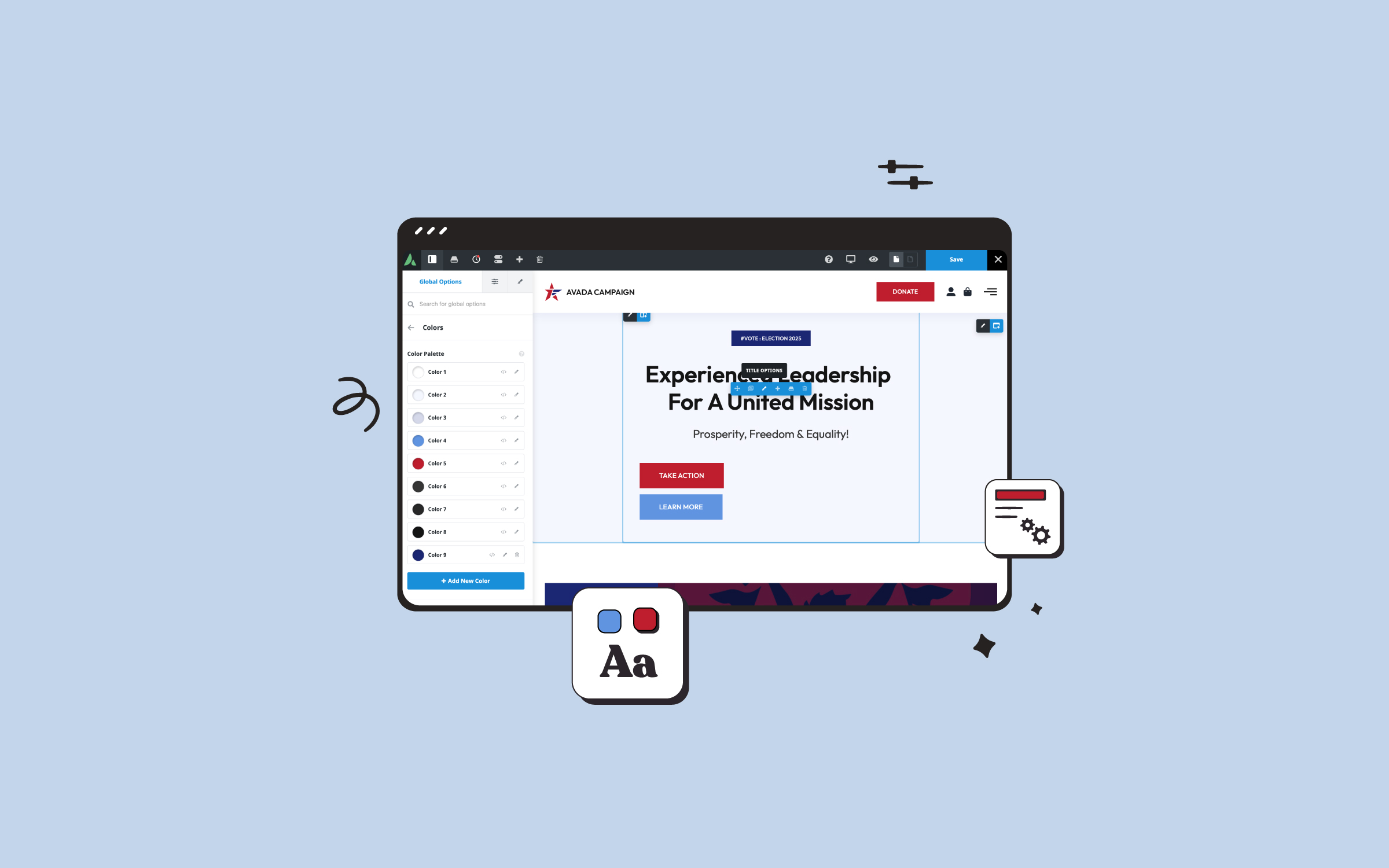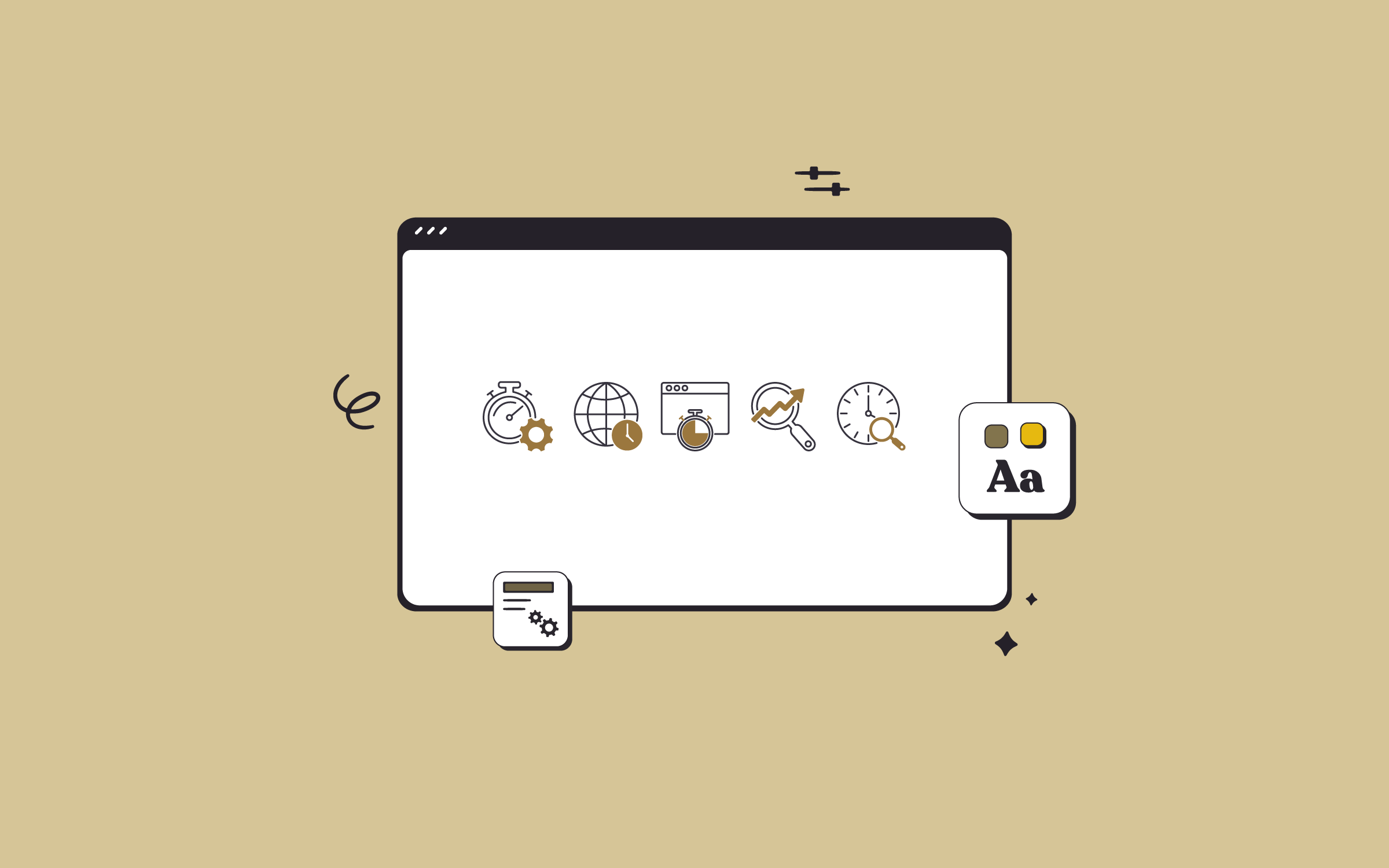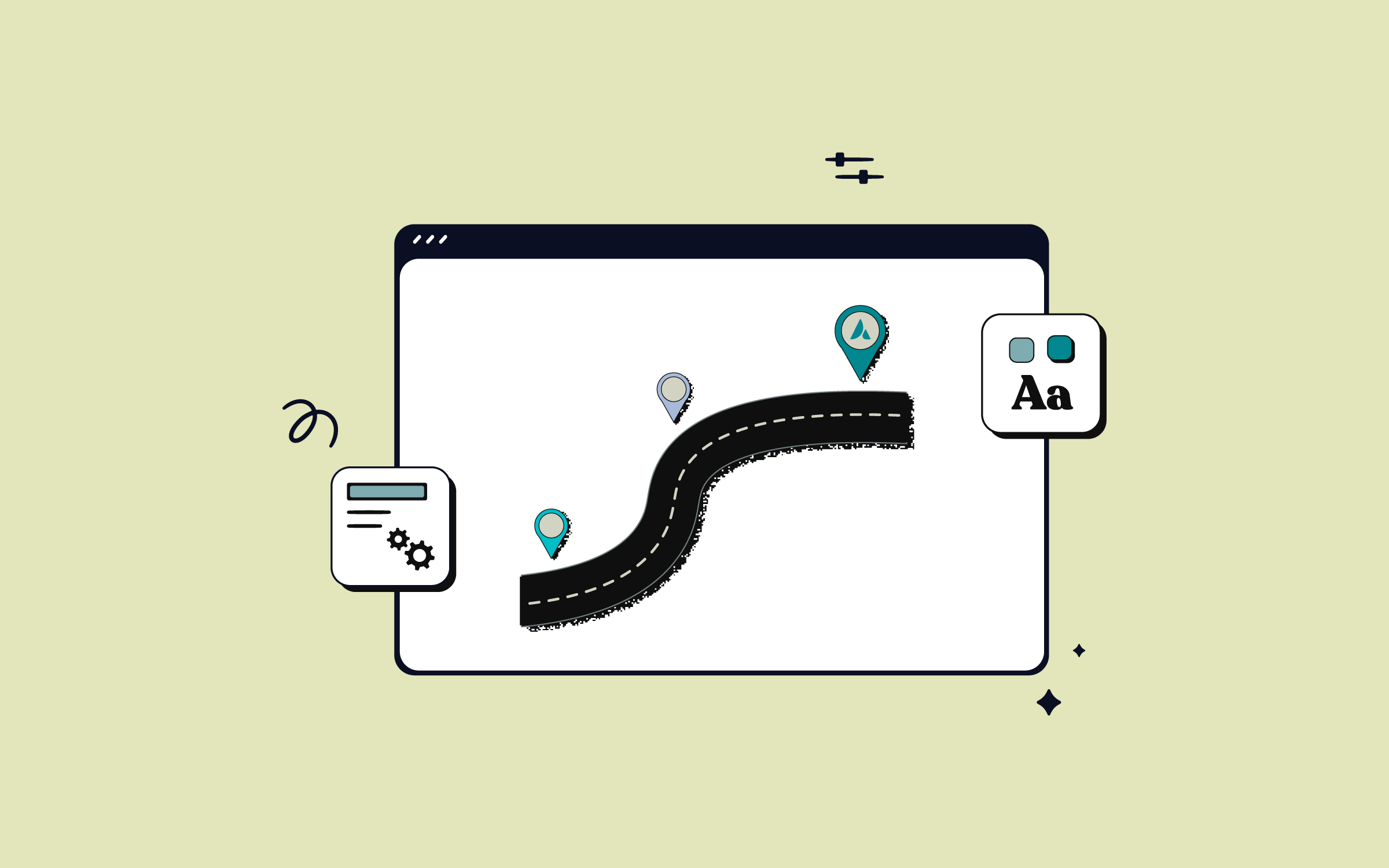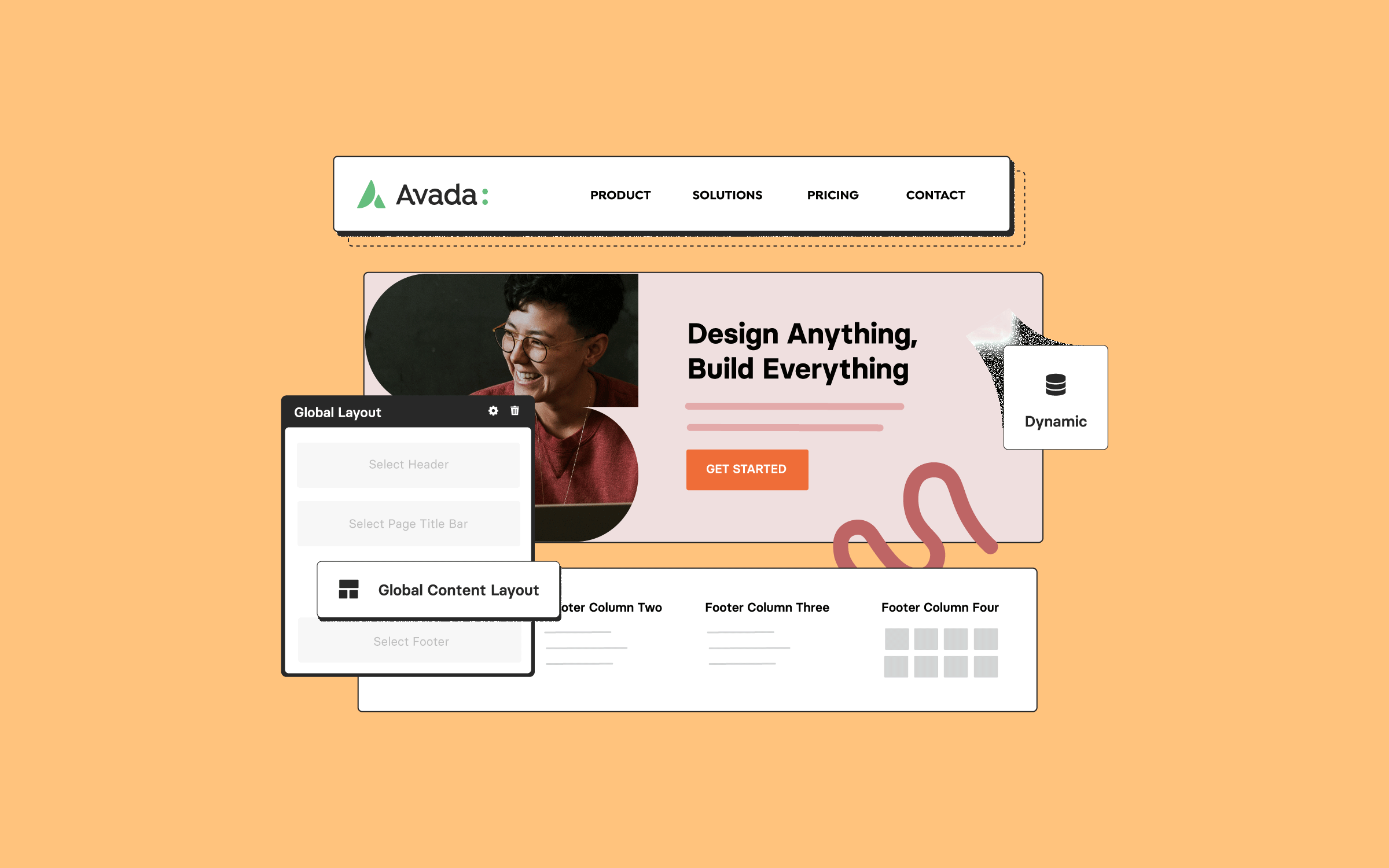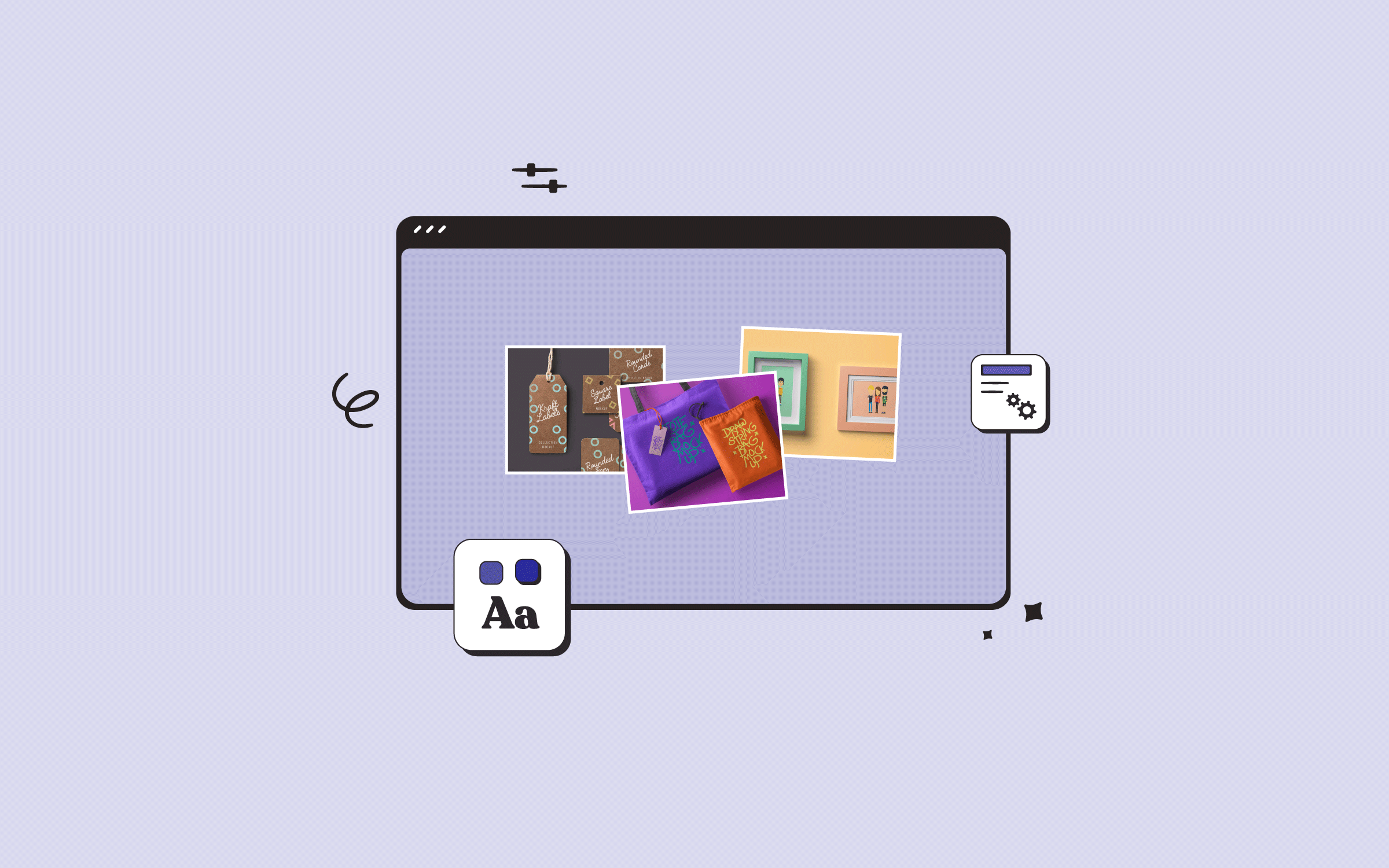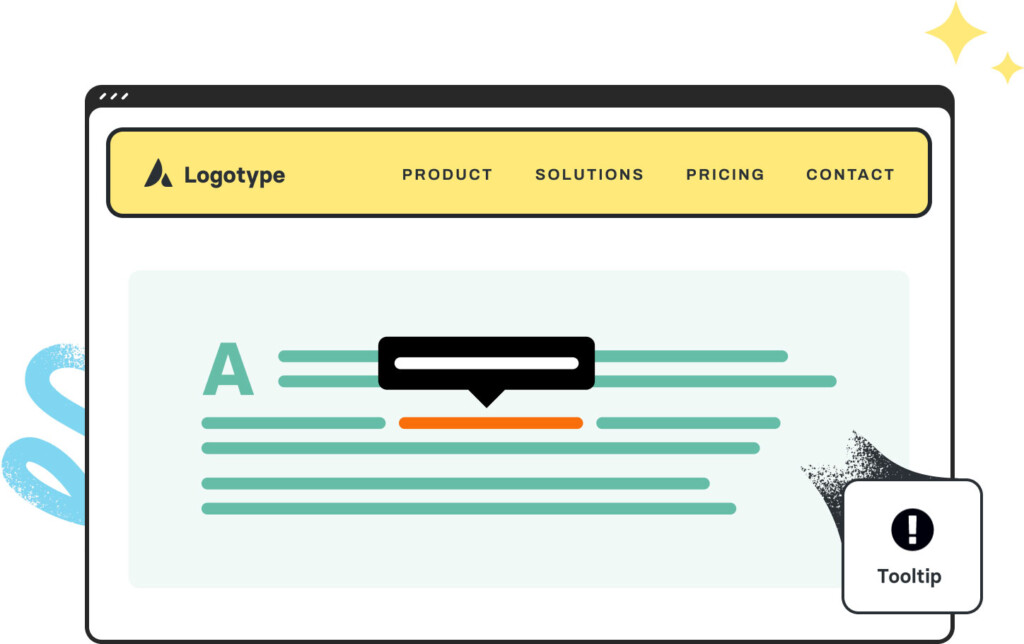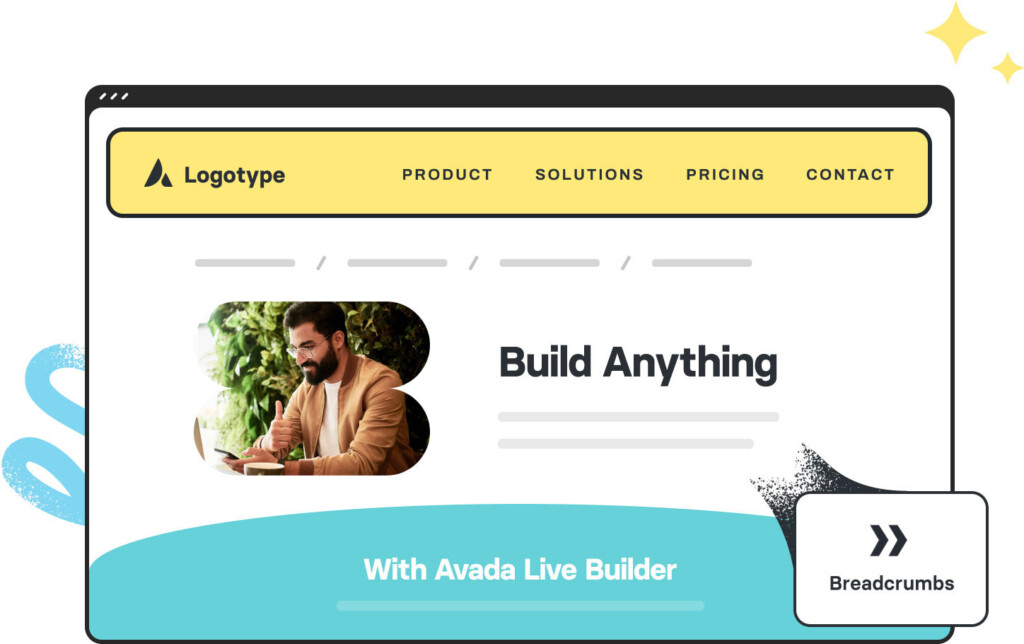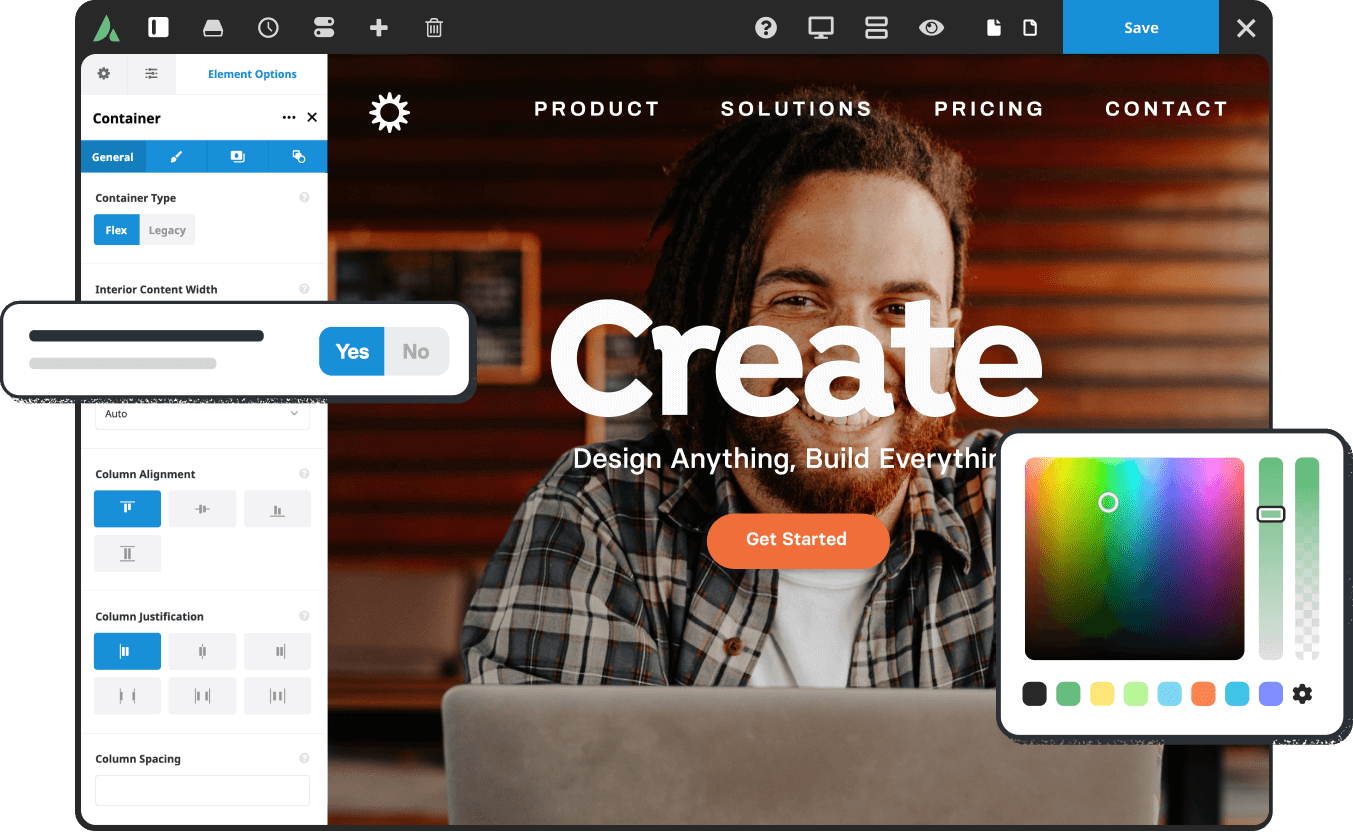Avada Blog Element Examples
The Avada Blog Element dynamically showcases your blog posts in a variety of layouts—grid, masonry, timeline, carousel—so you can filter by categories, tags, or authors and choose what metadata (date, author, excerpt etc.) appears; it blends content curation with design flexibility to present your stories in the look and format that aligns with your brand.
The Avada Blog Element is set up as follows: Posts Per Page (3), Post Status (Published), Post Offset (8), Pull Posts By (Category), Categories, Exclude Categories, Order By (Date), Order (Descending), Show Thumbnail (Yes), Show Title (Yes), Content Display (Excerpt), Excerpt Length (8 Words), Strip HTML From Posts Content (Yes), Show Meta Info (Yes), Show Author Name (Yes), Show Categories (Yes), Show Comment Count (Yes), Show Date (Yes), Show Read More Link (Yes), Show Tags (No), Blog Layout (Grid), Number of Columns (3), Column Spacing (40px), Equal Heights (Yes), Title Size (H3), Link Title to Post (No), Content Alignment (Left), Pagination Type (Pagination), Grid Box Color, Grid Element Color, Grid Separator Style (No Style), Blog Grid Text Padding, and Margin.
The Avada Blog Element is set up as follows: Posts Per Page (2), Post Status (Published), Post Offset (0), Pull Posts By (Category), Categories, Exclude Categories, Order By (Date), Order (Descending), Show Thumbnail (Yes), Show Title (Yes), Content Display (Excerpt), Excerpt Length (30 Words), Strip HTML From Posts Content (Yes), Show Meta Info (Yes), Show Author Name (Yes), Show Categories (Yes), Show Comment Count (Yes), Show Date (Yes), Show Read More Link (Yes), Show Tags (No), Blog Layout (Medium), Title Size (H3), Font (Custom), Link Title to Post (No), Pagination Type (No Pagination), and Margin.
Boost Your Avada Website: 7 Must-Know Features
Avada is packed with powerful tools and features to empower you to stay ahead of...
How to Use Avada’s Advanced Global Palette Color Options
Using Avada and WordPress for website design is a favorite...
November 2024
Avada Black Friday Sale
By michaelb|2024-12-03T12:18:29+00:00November 21st, 2024|Avada|
The Avada Black Friday and...
A Beginners Guide to the Avada Performance Wizard
By michaelb|2024-11-15T10:07:18+00:00November 15th, 2024|Avada|
Good or bad website page...
How To Create And Use Avada Forms On Your Website
By michaelb|2024-11-11T09:27:54+00:00November 11th, 2024|Avada|
The Avada Form Builder is...
Avada Roadmap: November Progress Update
By michaelb|2025-03-17T08:39:05+00:00November 7th, 2024|Avada|
Thanksgiving is around the corner!...
How to Use Avada Layouts in Web Design
By michaelb|2025-03-19T20:57:39+00:00November 6th, 2024|Avada|
Avada is more than a...
The Avada Blog Element is set up as follows: Posts Per Page (5), Post Status (Published), Post Offset (10), Pull Posts By (Category), Categories, Exclude Categories, Order By (Date), Order (Descending), Show Thumbnail (Yes), Show Title (Yes), Content Display (Excerpt), Excerpt Length (5 Words), Strip HTML From Posts Content (Yes), Show Meta Info (Yes), Show Author Name (Yes), Show Categories (Yes), Show Comment Count (Yes), Show Date (Yes), Show Read More Link (Yes), Show Tags (No), Blog Layout (Timeline), Title Size (H3), Link Title to Post (Yes), Content Alignment (Textflow), Pagination Type (No Pagination), Grid Box Color, Grid Element Color, Grid Separator Style (Single Border Solid), Blog Grid Text Padding, and Margin.
The Avada Blog Element is set up as follows: Posts Per Page (4), Post Status (Published), Post Offset (16), Pull Posts By (Category), Categories, Exclude Categories, Order By (Date), Order (Descending), Show Thumbnail (Yes), Show Title (Yes), Content Display (No Text), Show Meta Info (No), Blog Layout (Masonry), Number of Columns (2), Column Spacing (20px), Masonry Image Aspect Ratio (1.0), Masonry 2X2 Width (2000), Title Size (H4), Font (Custom), Link Title to Post (No), Content Alignment (Center), and Pagination Type (No Pagination).
Examples can include the individual option values set for that particular instance; however, in some cases, not all Element variations can be shown as they may be too numerous. Where a live example cannot be shown, an image representation will be used as a substitute. For more detailed information, please refer to the related Element documentation and videos.

